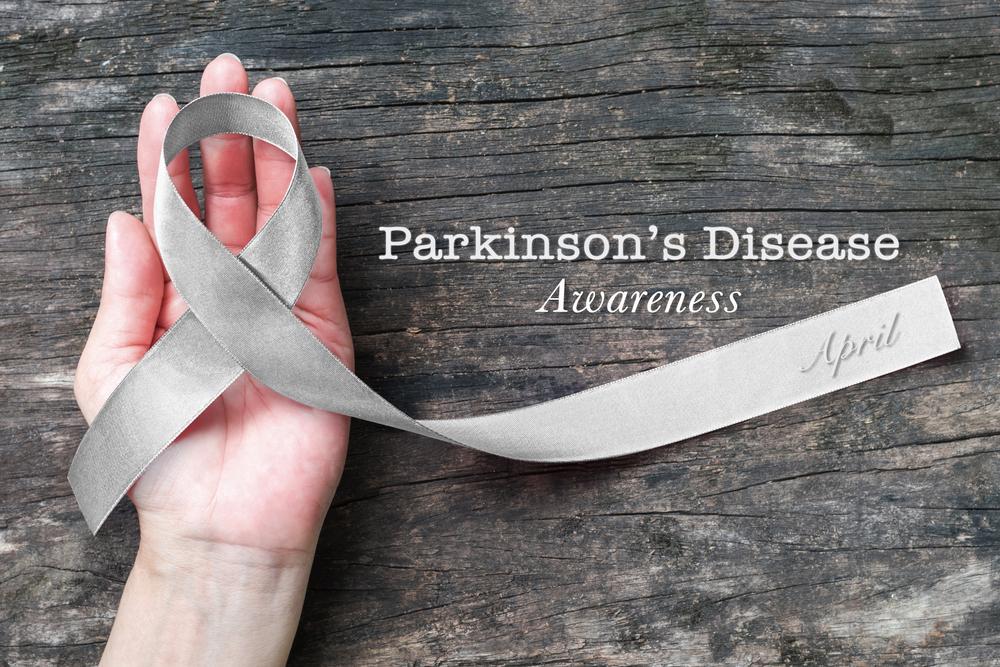A Comprehensive Exploration of Huntington’s Disease: Origins, Symptoms, and Treatment Strategies
Explore an in-depth guide to Huntington’s disease, covering its genetic origins, symptoms across different stages, diagnostic methods, and current management options. Learn about the importance of early detection and ongoing research efforts to find a cure for this debilitating inherited disorder, with insights into how symptoms progress and how patients can manage their condition better.

Deep Dive into Huntington’s Disease: Causes, Symptoms, and Management Approaches
Understanding Huntington’s Disease (HD) Huntington’s disease is a rare but devastating inherited neurological disorder that progressively affects the central nervous system, leading to significant brain deterioration. This condition not only affects the physical capabilities of individuals but also profoundly impacts their emotional well-being and cognitive functions. The disease's root cause is a genetic mutation, specifically a repeated expansion of cytosine-adenine-guanine (CAG) trinucleotides within the HTT gene. This abnormal repeat sequence results in the production of an irregular huntingtin (HTT) protein, which is toxic to brain cells. The accumulation and interference of this abnormal protein lead to neuronal death, especially impacting critical regions of the brain such as the striatum (putamen and caudate nucleus), which are integral to voluntary movement regulation, and later spreading to involve the cerebral cortex, responsible for higher brain functions.
Comprehensive insights into Huntington’s disease provide crucial knowledge about its causes, symptoms, and treatment options.
Is there a cure for Huntington’s disease?
Currently, no definitive cure exists that can halt or reverse the progression of Huntington’s disease.
However, advancements in medication and therapy can significantly alleviate specific symptoms and help improve the quality of life for affected individuals.
Who is at risk of developing Huntington’s disease?
The disease is inherited in an autosomal dominant pattern, meaning that if one parent carries the mutated gene, there is a 50% chance of passing it on to each child.
Gender does not influence risk; both males and females are equally susceptible.
Typically, symptoms manifest between the ages of 35 and 55, but this range can vary.
Onset can sometimes occur earlier in childhood or later in old age, depending on the individual's genetic makeup.
What are the key symptoms associated with Huntington’s disease?
The symptoms of Huntington’s disease are diverse and may vary widely among individuals depending on age of onset, genetic factors, and disease progression. They are broadly categorized into physical, emotional, and cognitive symptoms:
Physical symptoms: These include involuntary movements known as chorea, muscle rigidity, impaired coordination, balance issues, significant weight loss, speech difficulties, swallowing problems, and restlessness or twitching. As the disease advances, these motor issues become more pronounced, severely impairing mobility and daily functioning.
Emotional symptoms: Changes in mood and emotional state are common, including depression, anxiety, irritability, apathy, and mood swings. These emotional disturbances can often exacerbate once the motor symptoms become more severe, creating additional challenges for both patients and caregivers.
Cognitive symptoms: Cognitive decline manifests as problems with planning, organizing, memory, problem-solving, decision-making, and maintaining focus. Patients often experience difficulty understanding complex concepts, and insight into their condition may be impaired, adding to emotional distress.
Early-stage symptoms of Huntington’s disease are subtle and often challenging to recognize initially, but early diagnosis is crucial for managing the disease effectively. These may include:
Difficulty adjusting to new routines or tasks.
Mild cognitive issues such as forgetfulness or decision-making difficulties.
Slight changes in handwriting or speech.
Mild involuntary movements like twitching or restlessness.
Trouble performing routine activities such as driving, cooking, or personal grooming.
Attention deficits and variations in mood, including irritability or depression.
Intermediate stage symptoms tend to become more prominent and disabling, yet individuals may still manage daily tasks with increased difficulty. Typical signs include:
Increased frequency and severity of involuntary movements, such as chorea.
Impaired coordination, with difficulty walking steadily.
Significant decline in problem-solving and planning skills.
Noticeable weight loss and worsening speech and swallowing issues.
Greater dependency on caregivers for daily activities.
How is Huntington’s disease diagnosed?
Diagnosing Huntington’s disease involves a combination of clinical assessment and imaging techniques. Medical professionals typically use the following methods:
Brain imaging: MRI (Magnetic Resonance Imaging) and CT (Computed Tomography) scans help visualize brain structures and detect atrophy, especially in the striatum and cortex. While these scans are more revealing in advanced stages, early detection can sometimes be challenging.
Neurological examination: Assessment of motor coordination, reflexes, and physical symptoms helps gauge disease severity.
Neuropsychological evaluation: Cognitive testing assesses memory, reasoning, language, and executive functions to determine the extent of cognitive impairment.
Psychiatric assessment: Psychiatric evaluations identify emotional and behavioral changes, often before physical symptoms become prominent.
Understanding these diagnostic approaches enables early intervention, which can help manage symptoms more effectively and plan comprehensive care strategies. The management of Huntington’s disease remains supportive, focusing on symptom relief and maintaining quality of life for as long as possible, with ongoing research aiming to find a cure in the future.





